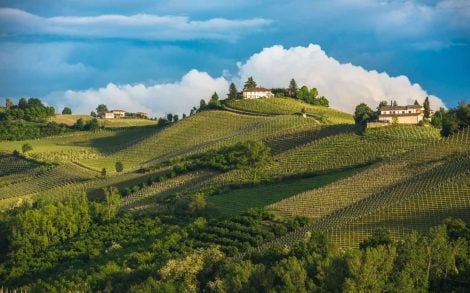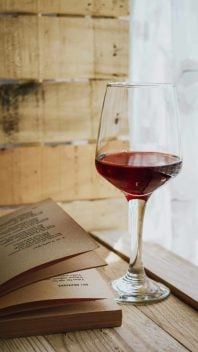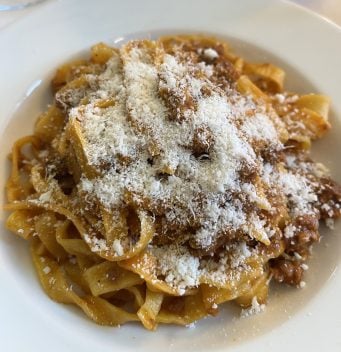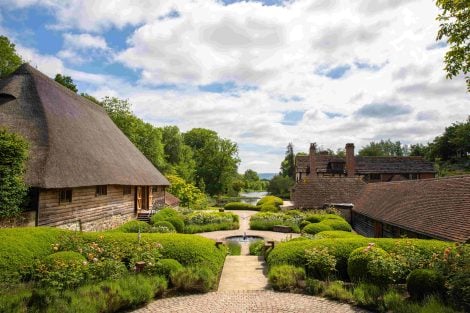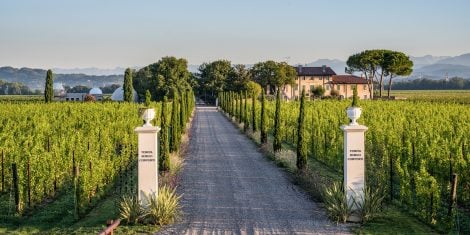In the past year, we have repeatedly focused on the two flagship denominations of the Langhe region, Barolo and Barbaresco, regarding the amendments to the production regulations suggested by the Consorzio di Tutela Barolo Barbaresco Alba Langhe e Dogliani. From limiting the bottling area to the interchangeability and reciprocity for winemaking and bottling, from authorising the planting of Nebbiolo vines in the northern-facing hillsides of Barolo and Barbaresco, to adding communal mentions for the Barbaresco denomination, and even allowing large bottle formats over 6 litres—these were all topics that sparked two opposing factions: one rooted in tradition and the other willing to "risk" change.
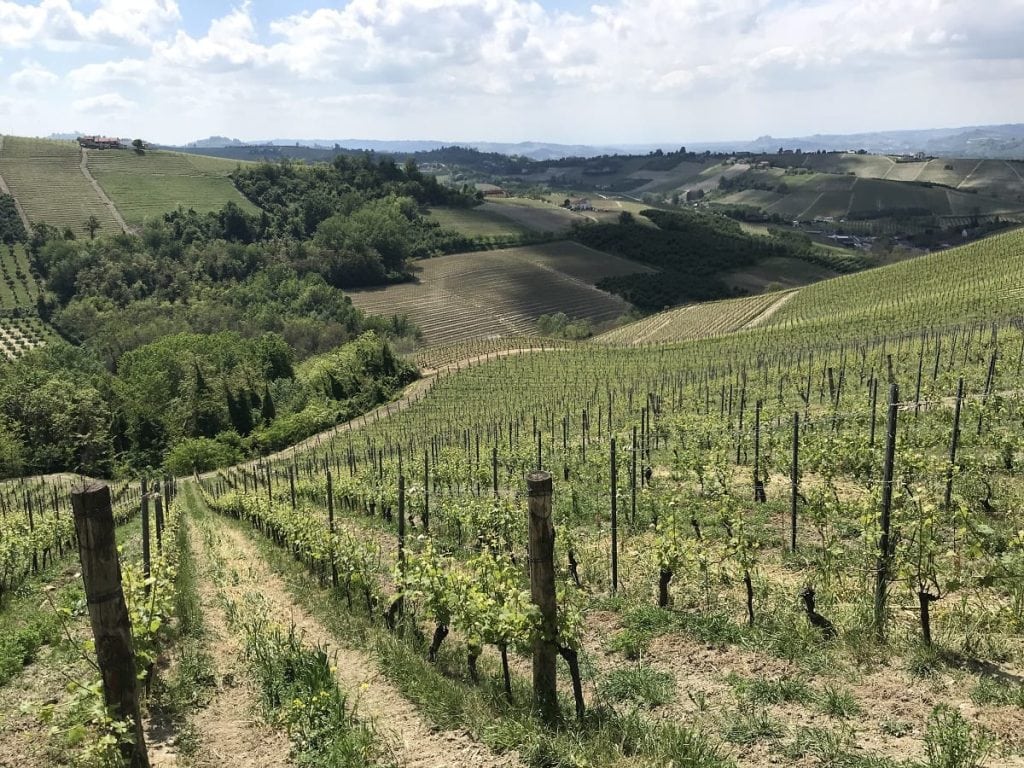
Regarding the northward expansion of vineyards, we had captured the alarm raised by winemaker Federica Boffa Pio on climate change, as she feared the disappearance of Barolo and Barbaresco due to drought (a theme we also discussed recently in relation to heritage grapes in Sicily). We at Gambero Rosso also expressed our views on each of the five points mentioned above.
The consultation on the production regulations has concluded (for now) with the producers rejecting the northward relocation of vineyards and the reciprocity between Barolo and Barbaresco. However, the bottling within the designated area was approved.
The Langhe region has also been the subject of some controversies in recent months, beginning with the harsh criticisms from Carlo Petrini over inflated land prices and speculation on bottles. To this, we responded by stating that it is misguided to foresee a trajectory for Barolo similar to that of Bordeaux red wine.
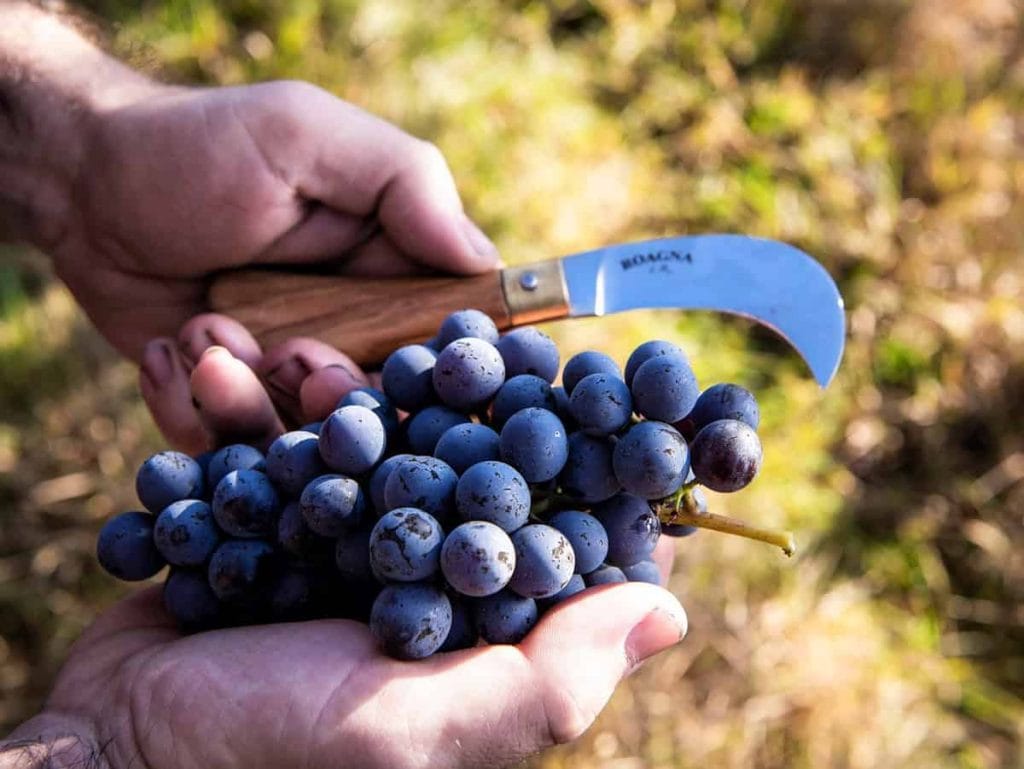
Barbaresco: A Wine of International Prestige
Together with Barolo, Barbaresco is the great red symbol of the Langhe (though the region is also known for other wines that highlight fruit and freshness, with a more immediate appeal). Barbaresco enjoys international prestige, as evidenced by its rankings in certain listings, such as that of Gentleman—a lifestyle magazine by Class Editori—which saw Gaja and Bruno Giacosa taking the podium among the top 100 Italian reds (alongside Tuscany’s Tenuta San Guido). Furthermore, The Most Expensive Italian Wines, a list curated by Wine-Searcher, placed Roagna’s Barbaresco Crichët Pajé on the podium (alongside Masseto and Barolo Brunate Riserva by Rinaldi).
Barbaresco: Characteristics and Production Areas
Made exclusively from Nebbiolo grapes cultivated in the municipalities of Barbaresco, Neive, and Treiso (in the province of Cuneo), Barbaresco achieved DOCG status in 1980. Its characteristics vary depending on the origin of the grapes. Barbaresco and Neive hills produce well-structured and tannic wines, while the Treiso hills yield softer, fruitier, and more refined wines. This is why several zones have been identified based on pedoclimatic characteristics, resulting in 75 “additional mentions” for the denomination.
Vinification requires an ageing period of at least 26 months (9 of which must be in wood) and at least 50 months (including a minimum of 9 months in wood) for the “Riserva” version.
Two rare Barbarescos
Two Barbarescos have been included in the Rare Wines List, a brand-new section of the Gambero Rosso 2025 Vini d’Italia guide, also featured in the cover story of the November 2024 issue of Gambero Rosso. These are:
- Barbaresco Roncaglie ’21 - Mura Mura: Produced from the Cru in the Barbaresco area, its bouquet showcases remarkable finesse and complexity.
- Barbaresco Gallina Ris. ’19 - Ugo Lequio: Limited bottles from selected grapes of the historic Cru in the municipality of Neive. Its nose stands out for delicacy, intensity, and character.
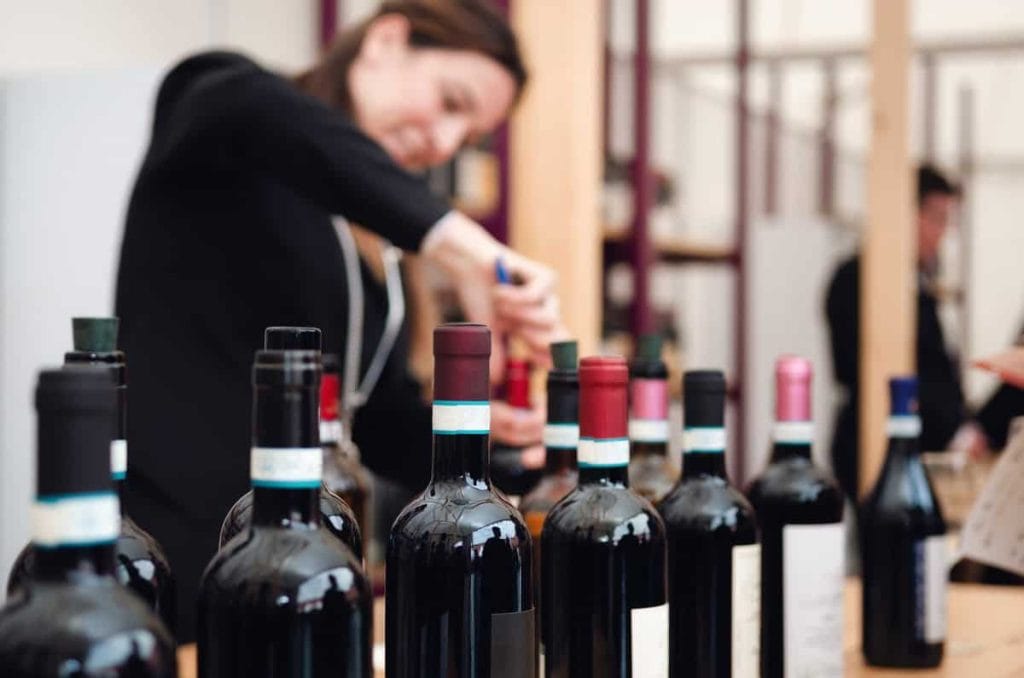
The best Barbarescos awarded with the Tre Bicchieri
Here are the Barbarescos that achieved the highest accolade in the Gambero Rosso 2025 Vini d’Italia guide. Most of these are from historic wineries, many of which are true benchmarks for the denomination.
The Barbaresco Asili '21 by Carlo Giacosa is beautifully defined, starting with its scintillating aromas of ripe red berries, liquorice, and tobacco, with hints of anise. On the palate, the tannic structure is dense but well-balanced, leading to a long and flavourful finish.
The winery, founded by Carlo Giacosa and now run by his daughter Maria Grazia and son Luca, is located in Barbaresco and boasts a vineyard portfolio that includes Dolcetto, Barbera, Arneis, and Pinot Noir, alongside Nebbiolo. Their wines combine robust structures with refined touches and notable aromatic intensity.
The Asili '20 by Ca' del Baio possesses excellent substance, with refined tannins that mark its delicious sip. For four generations, the Grasso family—today led by Giulio and Luciana alongside their daughters Paola, Valentina, and Federica—has managed this solid winemaking venture. The vineyards, almost forming a single block around the farmhouse near Treiso, include the Cru Vallegrande and Marcarini, as well as Barbaresco's Asili and Pora. Their portfolio also features wines from international varieties like Chardonnay and Riesling.
Lorens by Lodali, from the renowned Giacone Cru in Treiso, is the most refined among Lodali's Barbaresco wines. Unfortunately, the year began with a farewell to the legendary Mamma Rita, who saw the completion of the new winery, built over years beneath the historic site, before passing away. In this "cave," with walls revealing tuff and limestone crystals, large Stockinger barrels age Nebbiolo destined to become Barbaresco and Barolo. Walter Lodali works tirelessly to enhance the uniqueness of his vineyards and uphold sustainability (Equalitas certified).
The Mondino '21 by Piero Busso is immediately enjoyable, with fruity and floral aromas delighting the nose and velvety textures caressing the palate.
The Busso family’s long history dates back to the Borgese vineyard in Albesani, planted in 1948, with their first Barbaresco bottles reaching the market in 1982. Today, Piero and Lucia Busso run the estate alongside their children Pierguido and Emanuela. Most vineyards are in Neive, with a small parcel in Treiso from which the San Stunet Cru originates. Their Barbaresco wines, rooted in the eastern part of the Barbaresco region, exemplify classical elegance.
The Montestefano Ris. '19 is intense, with notes of ripe red berries and liquorice adding character and complexity, along with a decent finesse. On the palate, it is solid and powerful, with fine tannins and a good core.
The Produttori del Barbaresco cooperative was founded in 1894 by Domizio Cavazza, then head of the Royal Enology School in Alba. After Cavazza’s death in 1913, the cooperative closed during the 1920s fascist era. It was revived in 1958 by Don Fiorino Marengo, starting with 19 members. Today, it boasts 50 members and is one of the most significant wineries in Langa.
The Barbaresco Ovello '20 is a complete and well-defined wine, with spicy aromatic notes recalling flowers, citrus, spices, and balsamic touches. On the palate, it offers ample structure with refined, abundant tannins and a licorice-infused finish.
To the north of Barbaresco, in one of the denomination's top Crus, Ovello, stands Cantina del Pino, led by Franca Miretti. The winery also has plots in Albesani and Gallina in Neive. Their wines have a subtly modern style, marked by aromatic delicacy, with maturation predominantly in large wooden barrels.
Pajè Vecchie Viti '19 by Roagna epitomises finesse and elegance, with its aromatic spectrum spanning delicate red fruits and balsamic notes. The palate is structured, harmonious, and finishes endlessly.
Roagna, founded in 1929, gained significant recognition in more recent years. Today, Alfredo and his son Luca have elevated it to the pinnacle of Langa producers. Their wines, sourced from Barbaresco’s Asili, Montefico, and Pajè Crus, as well as Barolo’s Pira vineyard and Timorasso vineyards, are benchmarks of quality.
Barbaresco Pajorè '21 by Sottimano impresses with an aromatic profile blending red fruits, liquorice, spices, and balsamic hints, preceding a refined, vibrant sip.
The Sottimano family is among Barbaresco’s most distinct producers. Founded in the late 1960s by Rino Sottimano, now joined by his children Andrea, Elena, and Claudia, the winery benefits from top-tier vineyards like Cottà, Currà, and Pajorè. Their wines are known for long macerations and maturation in large wooden barrels, achieving a refined style.
The Barbaresco Pajorè '20 by Bel Colle is highly refined and fragrant, with floral, spicy, and balsamic aromas leading to an articulated, dynamic, and juicy palate with well-defined tannins.
Founded over 40 years ago in Verduno by the Pontiglione brothers and Giuseppe Priola, Bel Colle joined the Bosio Family Estate in 2015. Their wines are characterised by balance and precision, with restrained extractions and subtle oak use.
Barbaresco Rabajà '20 by Bruno Giacosa exhibits remarkable finesse and structure, akin to the Falletto, with stellar aromas.
Bruno Giacosa, one of the world’s greatest winemakers and Italy's premier négociant, mastered Langa’s Crus like no other. Following his death in 2018, his daughter Bruna continues to produce wines that achieve global acclaim.
Among Gaja’s offerings, the Sorì Tildin '21 stands out for its innate freshness and slight tannic firmness, perfectly complementing the warm and ripe 2021 vintage.
Angelo Gaja revolutionised Piedmontese winemaking with practices like yield reduction, fermentation temperature control, oversized corks, and barrique ageing—innovations now standard.
Pelissero's Vanotu remains among the DOCG's finest, with crisp fruity aromas and balanced spice. On the palate, it is rich and structured, with a touch of austerity.
The Pelissero family, rooted in Treiso, released their first bottles in 1960. Today, they focus on traditional reds like Nebbiolo, Barbera, and Dolcetto, alongside white wines like Moscato and Riesling.

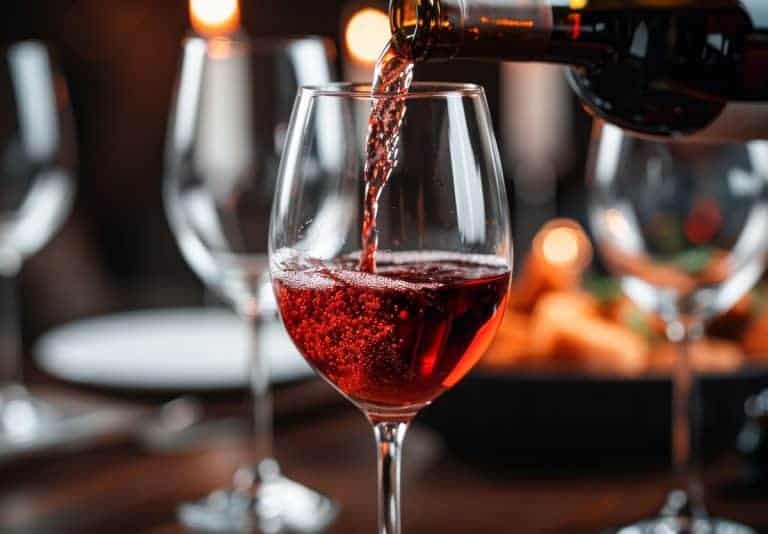
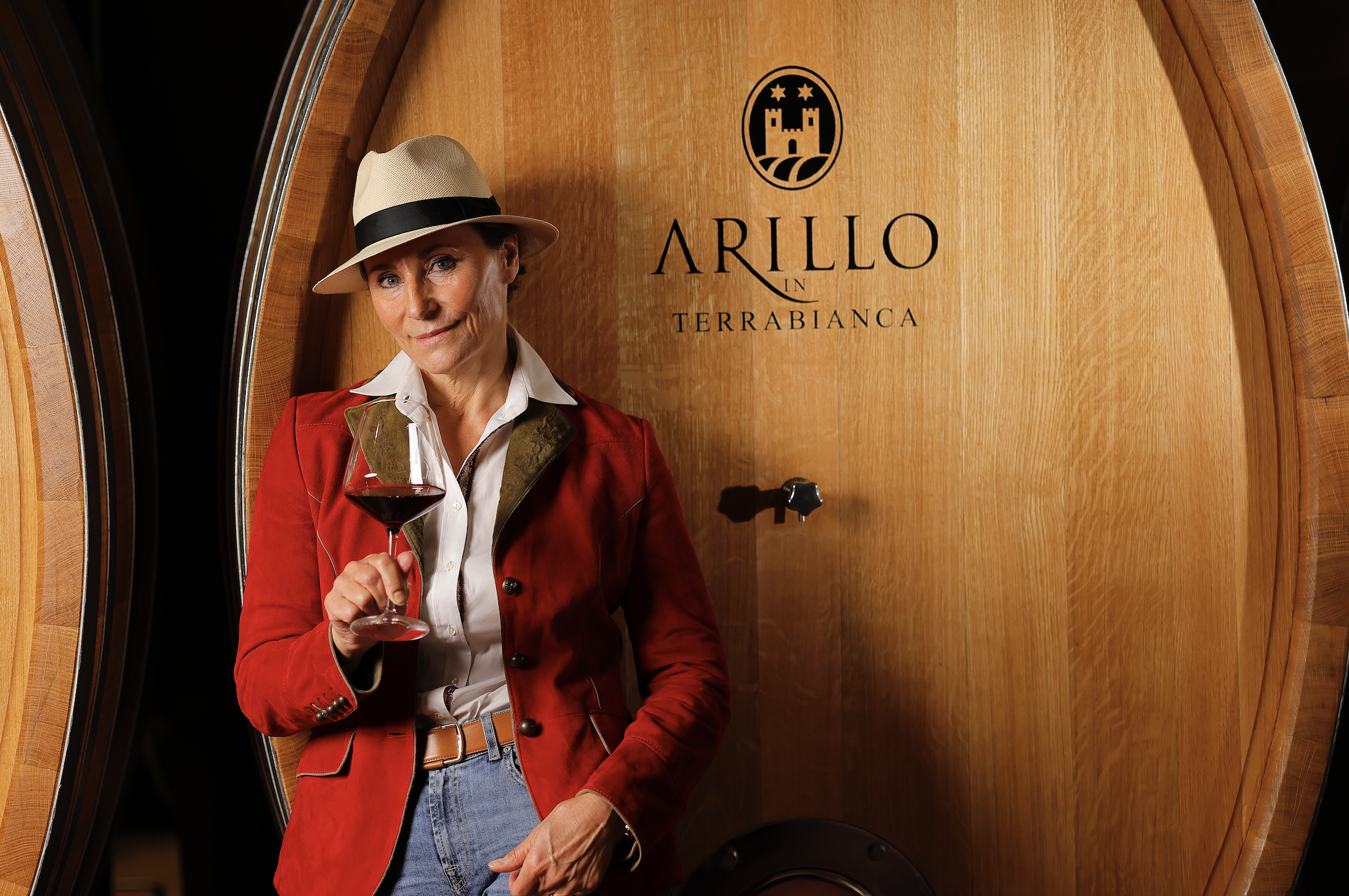 Why Arillo in Terrabianca's organic approach is paying off
Why Arillo in Terrabianca's organic approach is paying off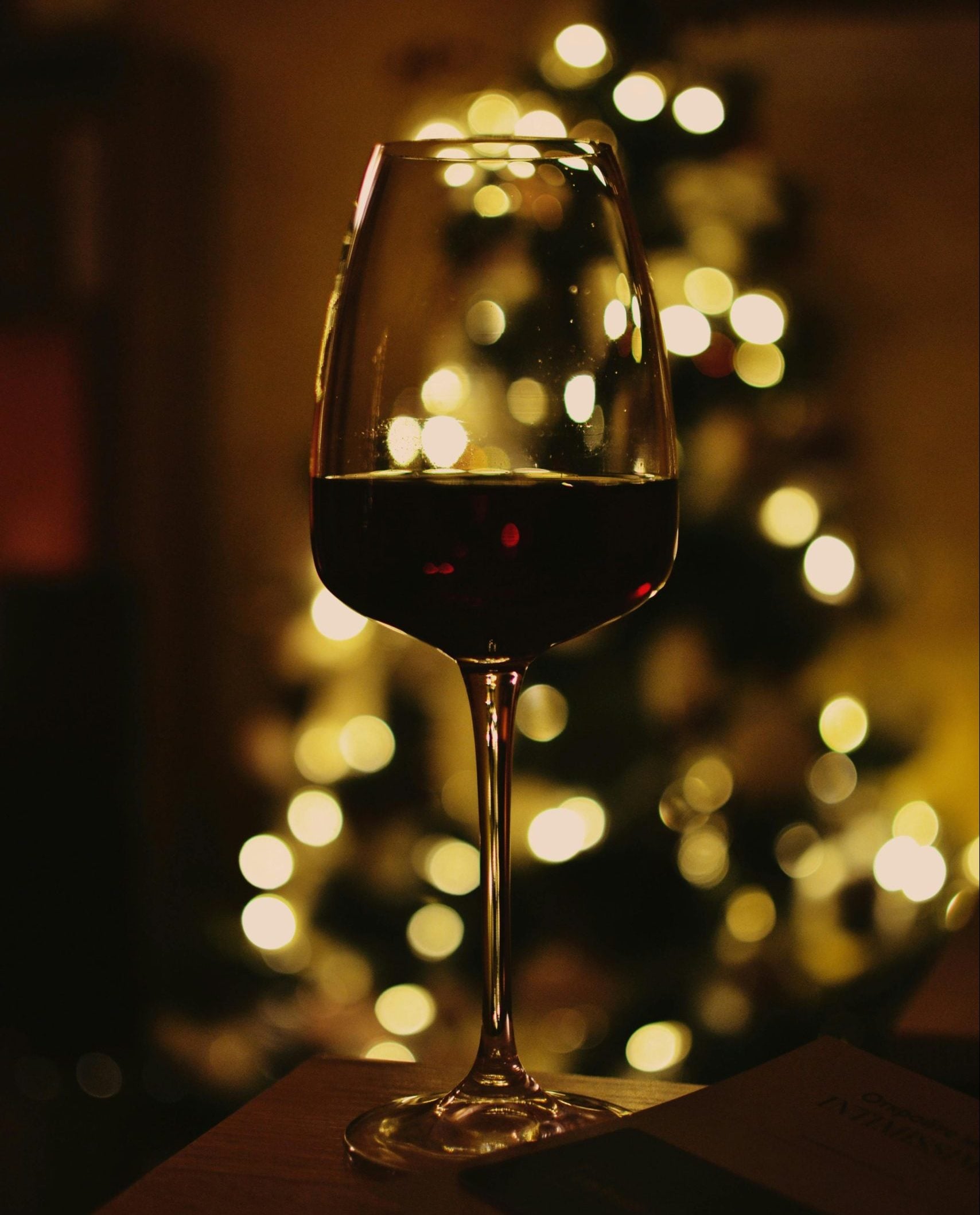 What do sommeliers drink at Christmas?
What do sommeliers drink at Christmas?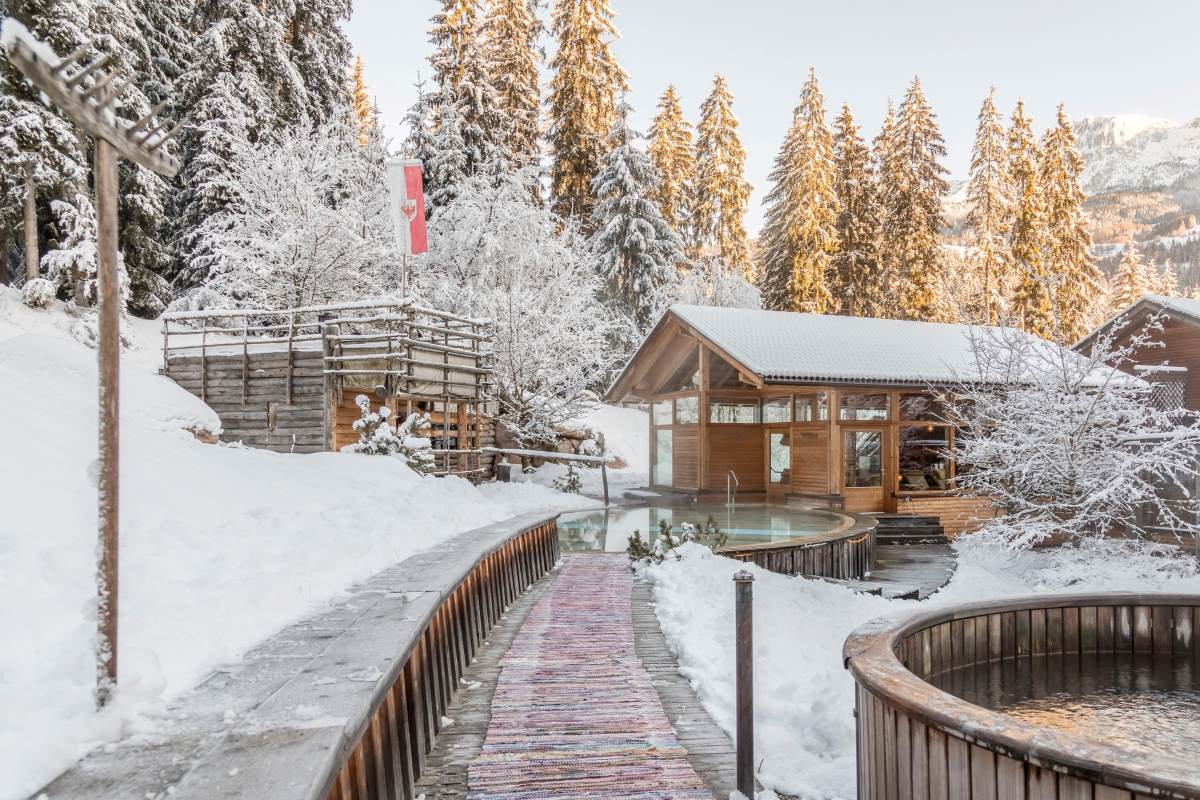 The alpine hotel where you can enjoy outstanding mountain cuisine
The alpine hotel where you can enjoy outstanding mountain cuisine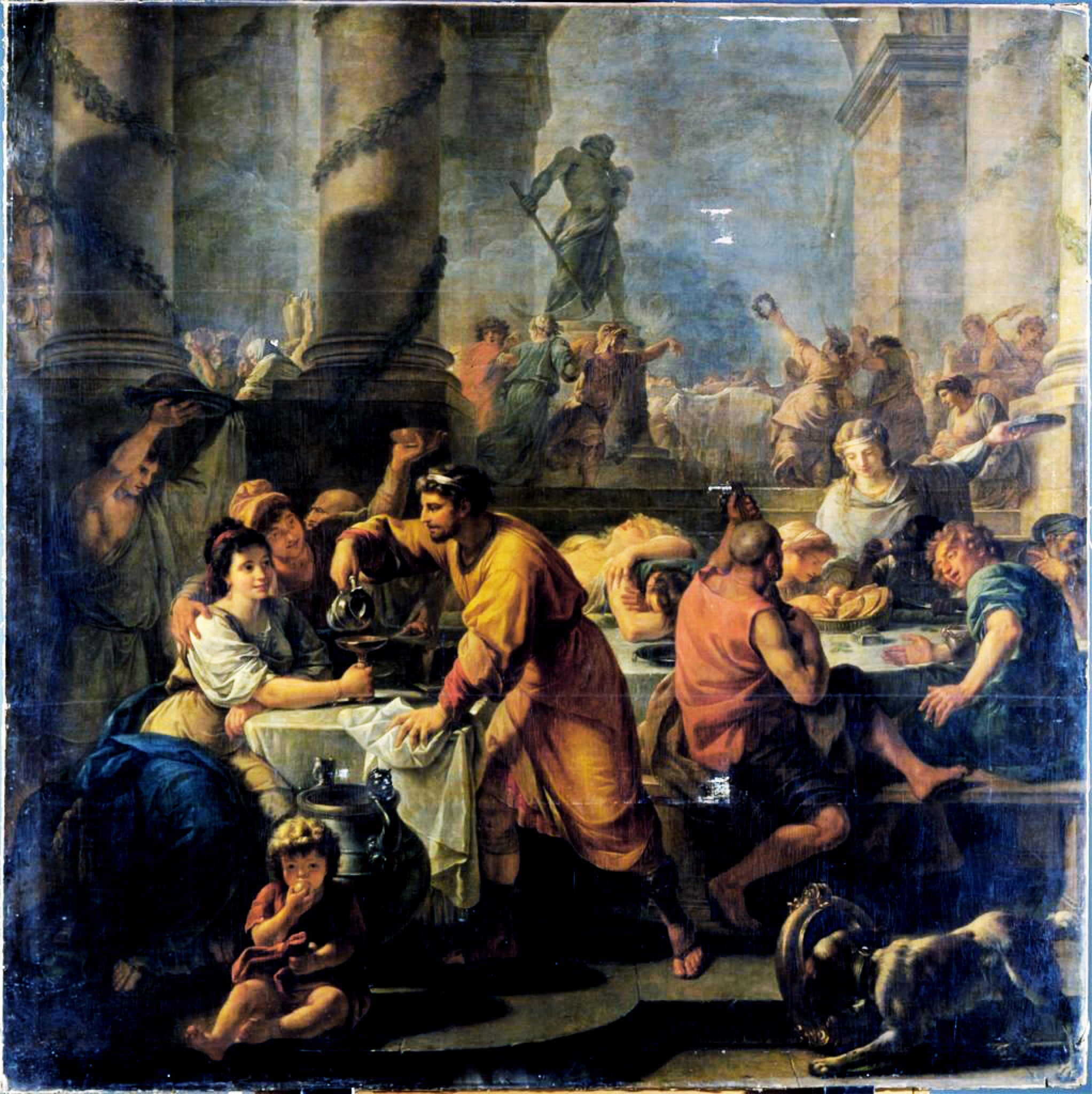 Io Saturnalia! How to celebrate the festive season like an Ancient Roman
Io Saturnalia! How to celebrate the festive season like an Ancient Roman